Ready to read something genuinely horrific, based on real life true stories of people who experienced unimaginable pain and suffering? No, I’m not going to recommend a spooky novel or true crime exposé. I’m going to tell you about parasites. And they’re all real.
Brain-eating amoebas

I’m not being hyperbolic — Naegleria fowleri really is an amoeba that has been known to kill people by eating brain tissue. Fortunately, cases are rare. It generally lives its life in warm water, probably eating bacteria, and its forays into human brains are likely accidents.
When it does get into a human nose, though, it finds nerve and brain tissue to be delicious. It starts by eating at your olfactory bulbs, causing you to lose your sense of smell and taste. When it gets into your brain, your immune system understandably freaks out, and the thing that actually kills you is encephalitis, or inflammation of the brain.
How to avoid it: Try to avoid being in situations where warm water (from springs or lakes) could get up your nose. Fortunately, you can’t get it from drinking the water or from skin contact. Remember, it’s rare, so try not to be too unlucky. And if you’re in the habit of rinsing your nose with a neti pot, boil the water first.
River blindness

Here’s where we get to the eyeball worms. Onchocerciasis is a condition caused by infection with a nematode worm, and the worm is transmitted through bites from blackflies. These flies and worms live in tropical areas of Africa and South America, near fast-moving rivers.
The worms can travel within the human body, and they often end up in the eyes. In the cornea at the front of the eye, the worms can block your vision. If they clog up the eye’s drainage system, they can cause increased pressure in the eye, or glaucoma. Both can lead to blindness. But the nodules can also be itchy and painful wherever they are.
How to avoid it: Aside from avoiding the areas where onchocerciasis is common (not really possible if you live there), other preventive measures include insect repellent and wearing clothing that prevents bug bites. Ivermectin is a medication that can kill the parasite, and community programs to prevent onchocerciasis will often spray insecticides to reduce the population of blackflies.
Schistosomiasis
The parasites that cause schistosomiasis are sometimes known as “blood flukes.” They’re tiny flatworms that spend part of their life cycle in freshwater snails. When people swim or wade in the water, the flukes can burrow into your skin. From there, they migrate to the bowel or bladder, where they can cause bleeding bad enough to result in anemia. The lesions are also incredibly painful.
How to avoid it: If you live in an area where these flukes are commonly found (Africa, the Middle East, the Caribbean, and parts of South America), avoid swimming or wading in fresh water. Chlorinated pools and ocean water are safe, the CDC notes. Boiling water kills the parasite. If you do contract it, there is an antiparasitic drug called praziquantel that can kill it.
Guinea worm
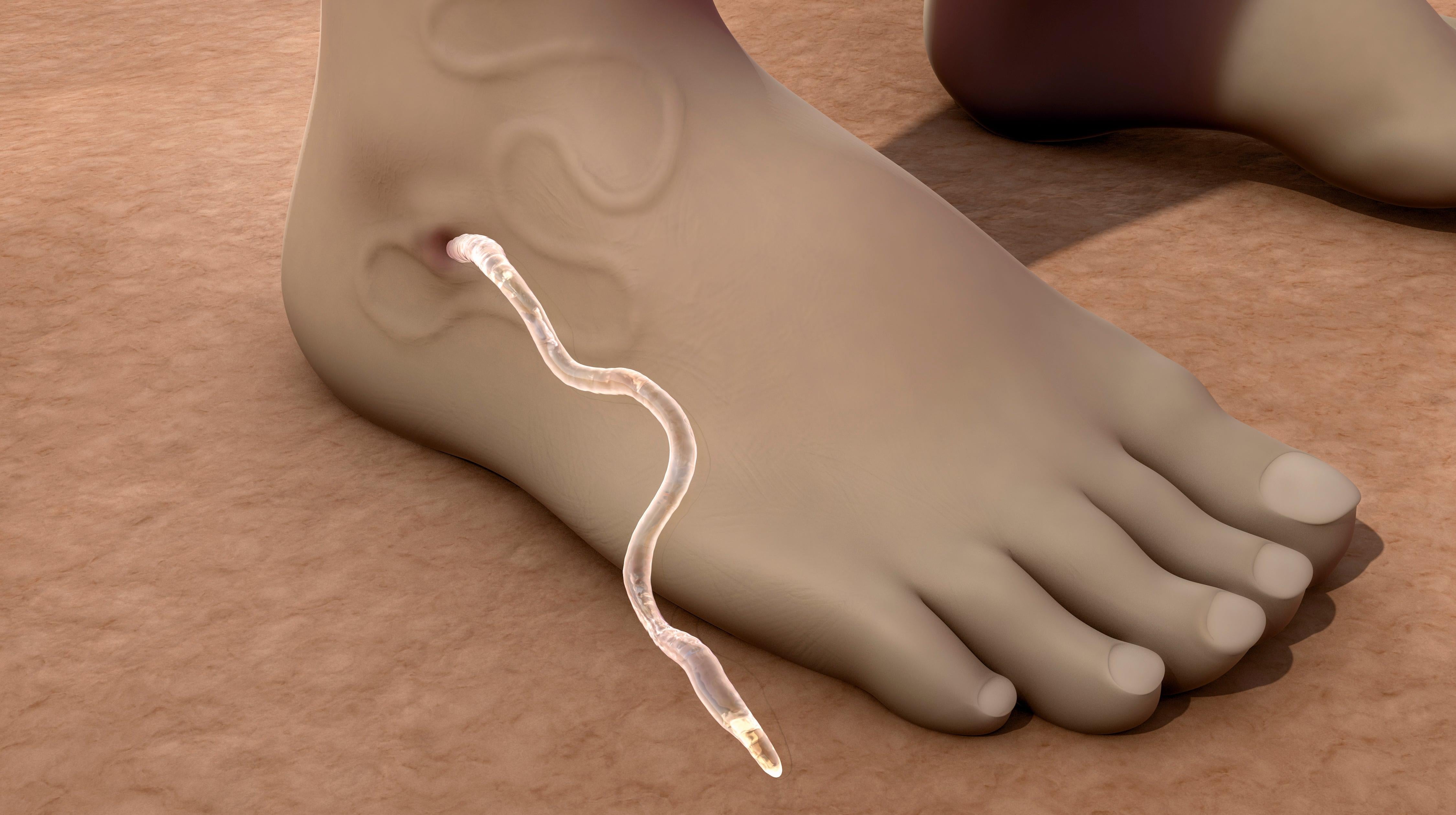
This worm takes a different route through the body. (Aren’t parasites so creative?) Guinea worms lay their eggs in water, and the first stage of their life cycle occurs in tiny bug-like creatures that live in the water. If you drink that water, the young worms can then mature and grow in your body.
It gets even more grisly from here. The worms migrate through your body, and if you have a male and female inside you, they’ll mate. Then the female will seek out a spot on your leg or foot, where it begins to emerge about a year after the initial infection. The area where the worm emerges is a blister that produces hot burning pain, bad enough that guinea worm and its complications are a major cause of disability in areas where it’s common. Dunking your foot in cool water may provide some relief, but does the worm swim out of your foot? Nope! It just expels eggs into the water to infect the next round of bugs and people.
How to avoid it: Drinking safe, worm-free water is the most important means of prevention. There is an effort aiming to eradicate guinea worm from the world, and so far in the first half of this year there have only been four documented cases, all of them in Chad. So it’s rare. But if you do happen to get this disease, please don’t dunk your foot in the local watering hole. Contact your local guinea worm eradication organisation (if you live in a place where you can catch guinea worm, you have one) and they’ll help you get treatment ASAP.
Tapeworms
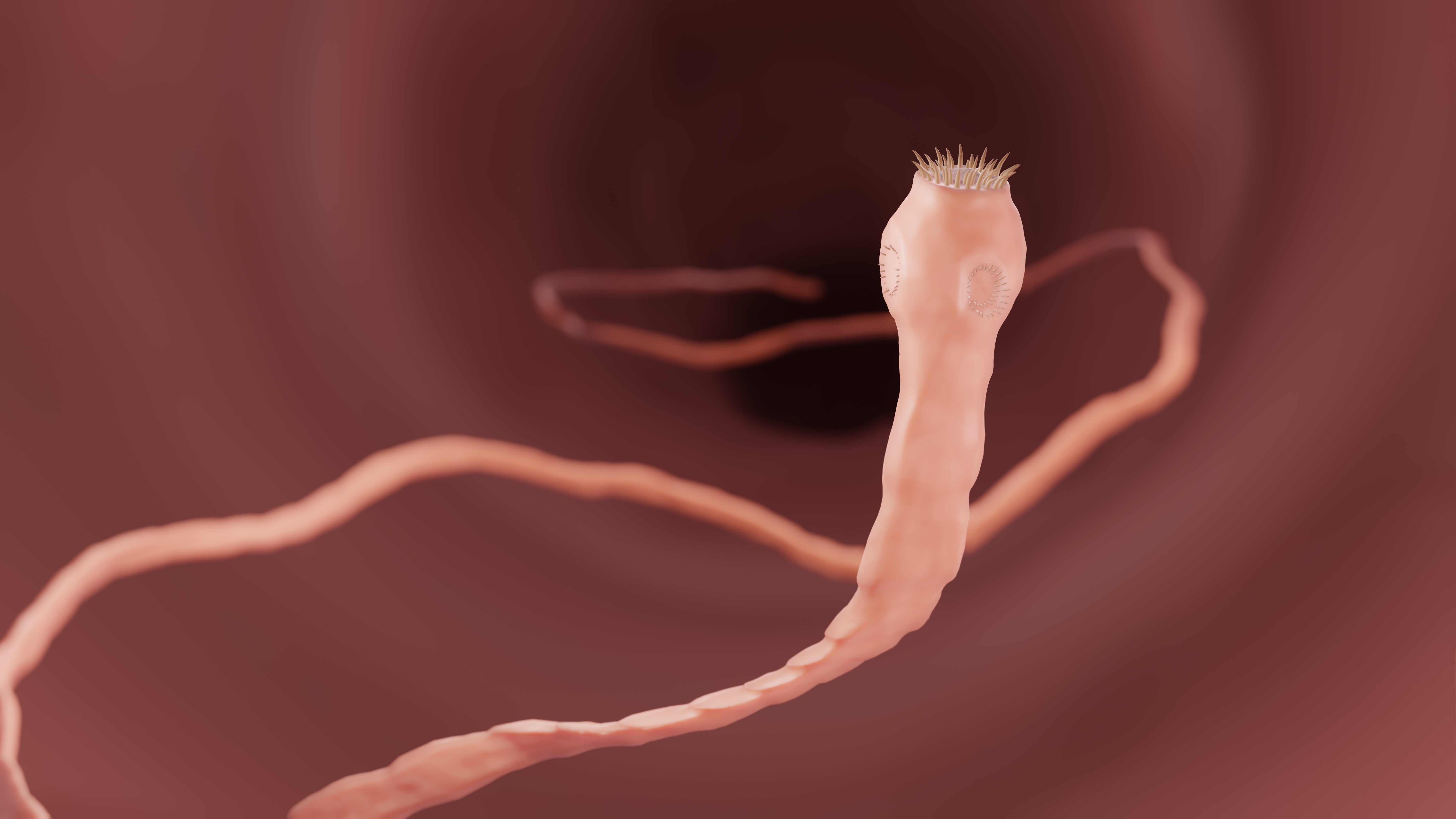
Tapeworm infection is usually pretty chill. You eat undercooked meat that contains tapeworm larval cysts, the tapeworms mature in your intestines, and they hang out there for years taking nibbles of whatever you eat. Like a pet, but on the inside.
(Those nibbles are metaphorical, by the way. Tapeworms actually absorb nutrients through their skin. They also dig into your intestinal wall with hooks and suckers to make sure you won’t poop them out.)
Things can go wrong, though. If you’re already malnourished, those little snacks may be enough to malnourish you even further. (They will probably not cause fashionable levels of weight loss.) And if you have many tapeworms, or if they grow particularly large, they can block your digestive tract.
But by far, the biggest problem is if you manage to eat pig tapeworm eggs. Normally humans eat the larvae in pork, and our pet tapeworms excrete eggs in our poop. Pigs eat the eggs as they’re nosing through filth, and the cycle begins again. But if you, as a human, manage to ingest some eggs (through contaminated water, perhaps) the larvae may take up residence in you. These guys don’t live in the intestines; they make cysts in muscle or, sometimes, your brain. When they do, they can cause seizures. Tapeworm cysticercosis (cysts in body tissues) is a leading cause of epilepsy in places where it’s common.
How to avoid it: Cook your pork, and buy it from inspected sources (pork sold in the US should be fine.) Other animals can harbour tapeworm larvae, but the most significant complications in humans are from pork tapeworms. If you’re in an area where pigs roam freely, make sure to use good toilet hygiene and avoid drinking unsafe water. Boiling water kills the eggs.
Filarial worms
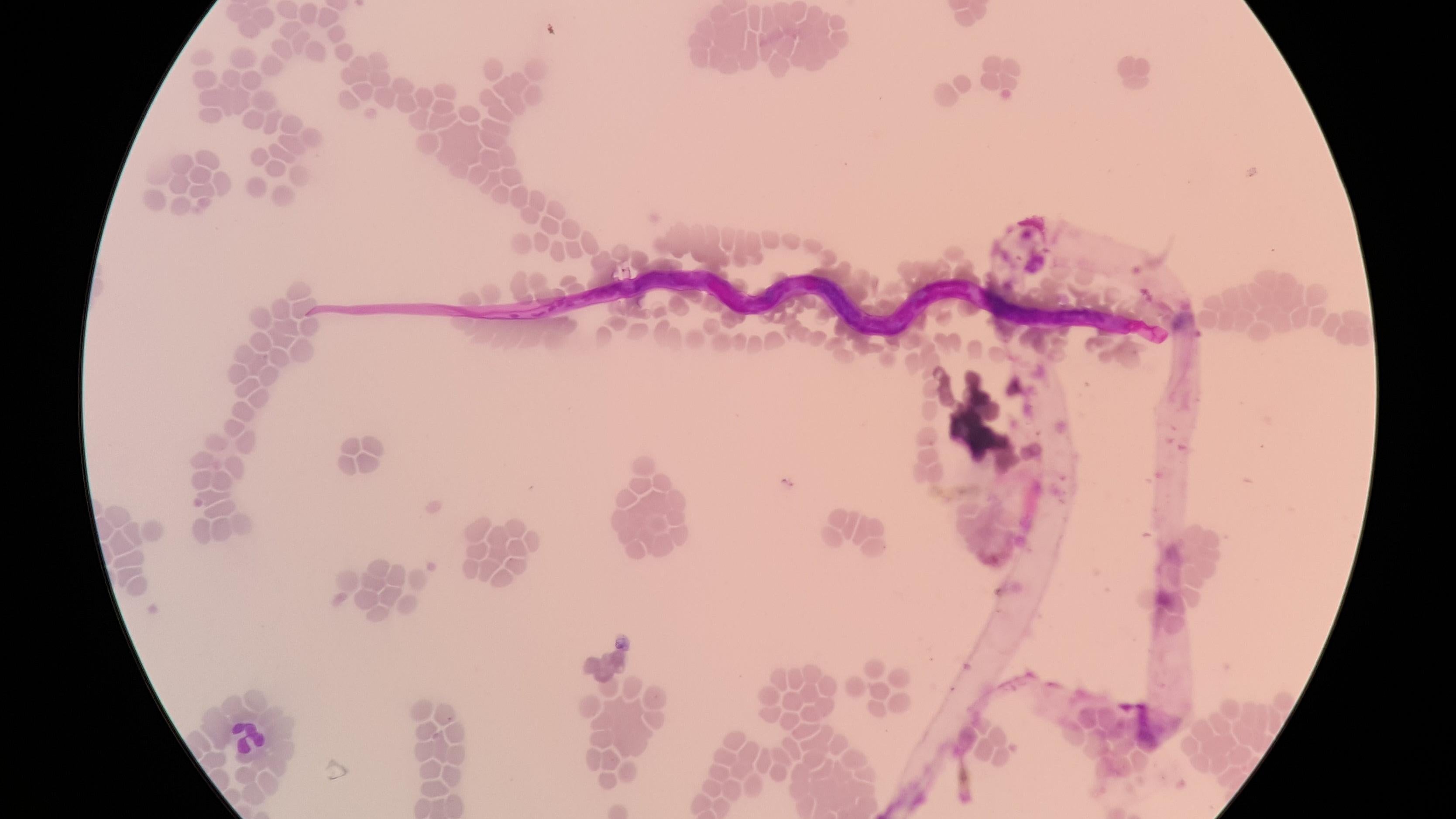
A condition called elephantiasis can be caused by filarial worms. This can cause body parts such as the legs and genitals to fill up with fluid, enlarging them and thickening the skin. I will let you google pictures of this. It’s bad.
The worms themselves are tiny and come from mosquito bites. The little worms take up residence in our lymphatic vessels, and they have babies, which swim around in our blood. Those get sucked up by the next mosquito to come along, where they infect the mosquito in different, horrible-to-mosquitoes-ways, and the cycle begins again. The blockage of lymphatic vessels is what leads to the characteristic buildup of fluid.
How to avoid it: If you live in an area where filarial worms are common, it’s a good idea to take anti-parasitic medications on a regular basis (usually once a year) to kill off any worms. Mosquito control is also an excellent idea.
The Australian paralysis tick
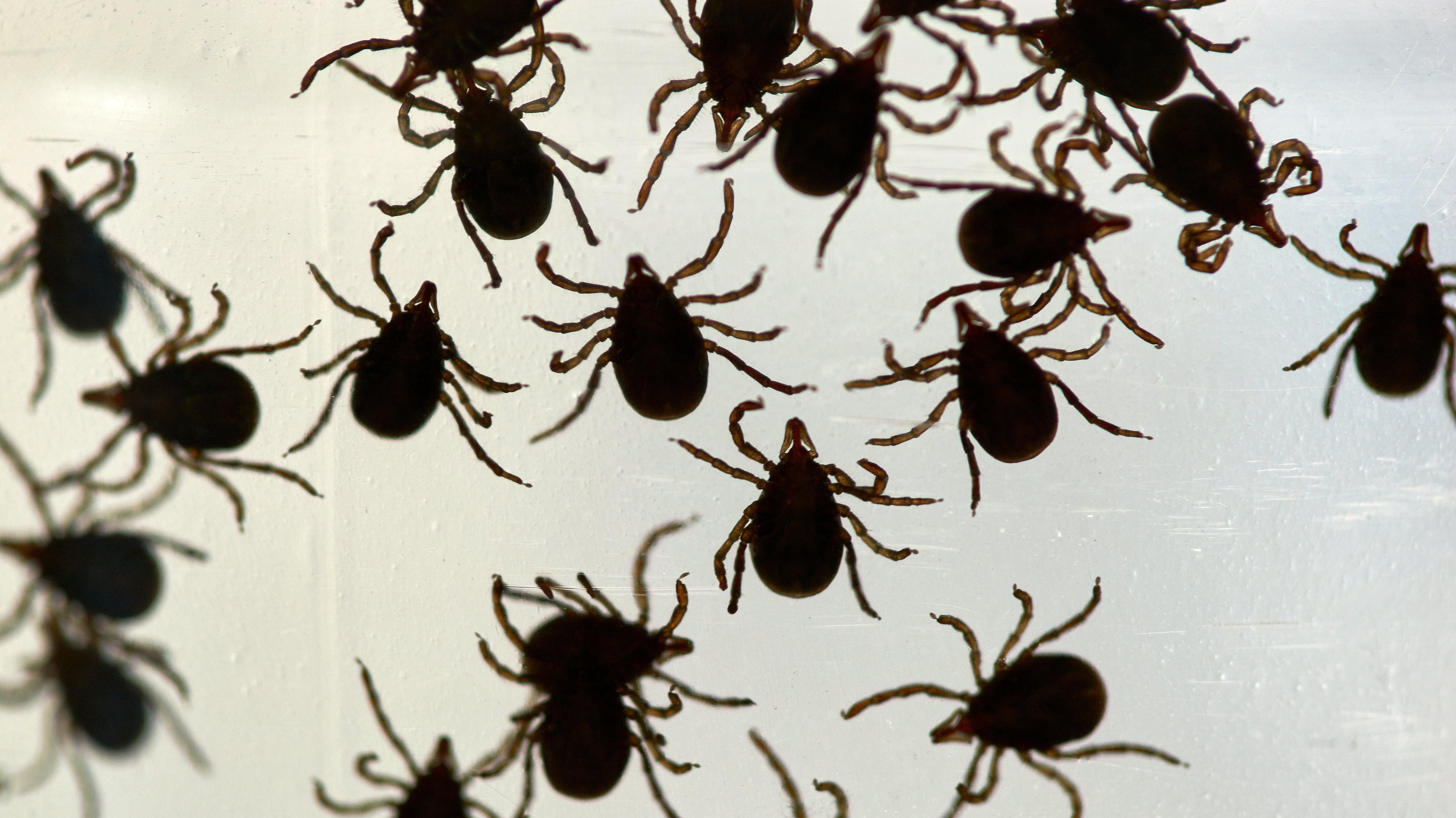
We last saw the Australian paralysis tick as a side note when talking about alpha-gal allergy, where a tick bite can make you allergic to meat — potentially for the rest of your life. The Lone Star tick gets most of the press for this, but the Australian paralysis tick can carry it as well.
But that’s not why it made the list. This tick can paralyse you. A bite can cause intense itching and a hard lump at the site of the bite, and over the next few days you may experience early signs of paralysis, like weakness in the arms or legs, trouble walking, or a drooping face. Treatment for the paralysis involves removing the tick, but if it remains attached and symptoms worsen, you may become unable to breathe and you die.
How to avoid it: The same way you avoid any tick bites, by using repellent and checking yourself for ticks after you’re in an area that might have them. Remove a tick if you find one, even if you feel ok. The Australian paralysis tick lives on the east coast of Australia, but tick paralysis has occasionally been reported from dog ticks and Lone Star ticks in the US.
Screwworms
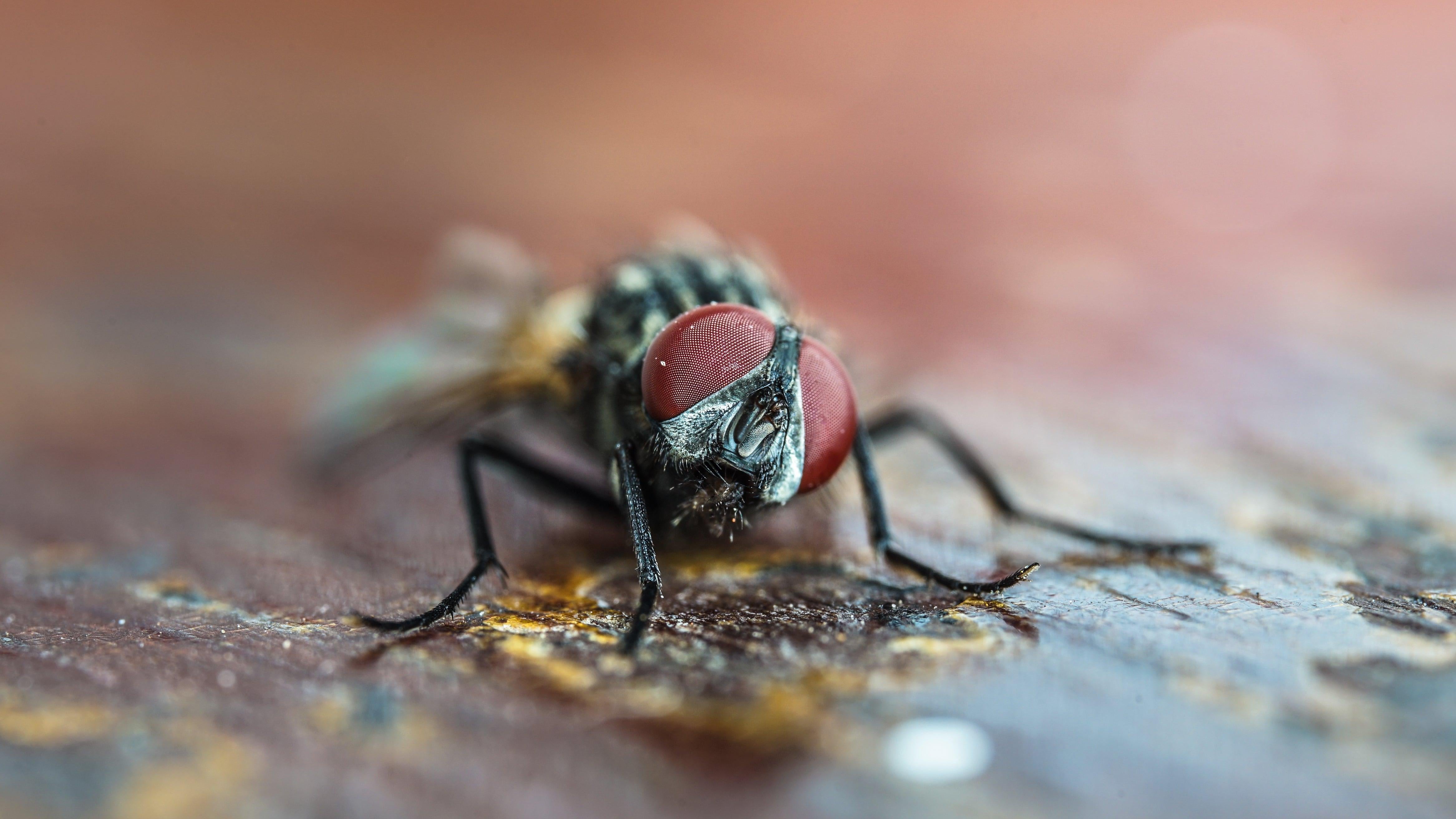
Most maggots feed on dead tissue. They love meat, and if they get into an open wound, they’ll only eat parts of it that are no longer living. (They actually do a great job of cleaning wounds, and are occasionally used that way on purpose.)
But screwworms are different: they eat living tissue and burrow deep inside of it, with only their breathing tubes exposed to the air. They’ll move into any open wound or even a bodily orifice with mucous membranes (including the nostrils, eyes, ears, and genitalia). As they burrow in, the wound or orifice becomes painful and foul-smelling.
How to avoid it: As a human, just make sure to keep your wounds clean. Treatment involves medication to kill the worms. Screwworms are more common in livestock than in humans, and they have been eradicated in the US, although they do periodically make new appearances. Report any screwworm infections to your local agriculture or public health office.
Botflies
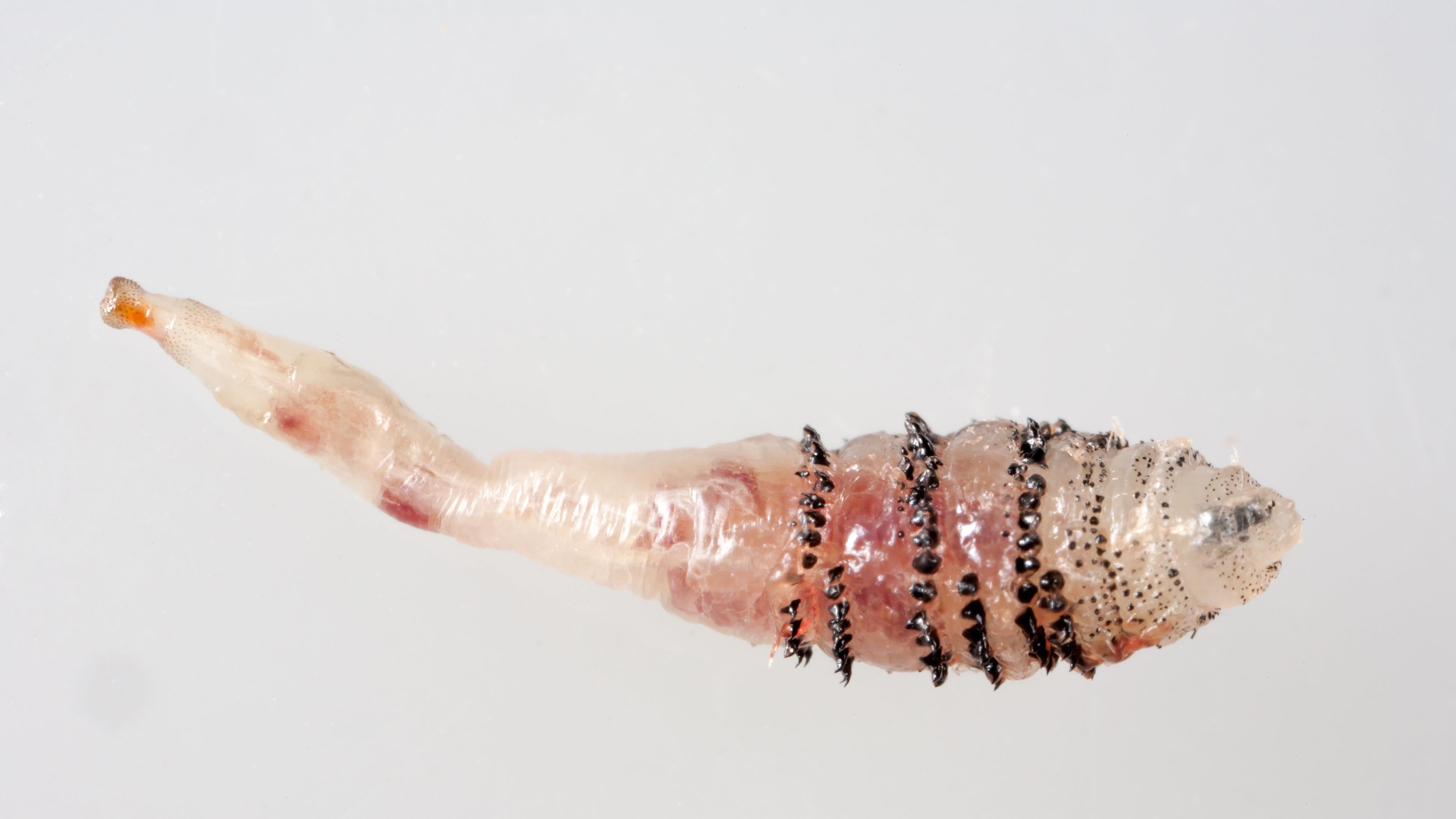
While we’re talking about maggots that burrow into the skin, we have to mention botflies. Botflies attack mosquitoes as they fly in the air, lay eggs on them, and then the mosquitoes transmit the eggs to an animal or human when they bite. The baby botflies crawl into the bite and begin to grow. If you’re the kind of person who enjoys pimple-popping videos, you will love botfly-removal videos.
How to avoid it: Protect yourself from mosquitoes and ticks, which can carry botfly eggs. If you notice a painful lump that seems to squirm or wiggle when you shower or when you cover it up, seek medical care to get it removed.
Pinworms

Pinworms are the most common worm infection in the US, so congrats to them on that distinction. Pinworms live in the large intestine, and their grossest feature is that they crawl out to the anus at night to lay eggs. The eggs are itchy, and when you scratch your butt, you’ll get them under your fingernails. From there, the eggs can end up being ingested by you or others.
How to avoid it: Wash your hands after you scratch your butt, ok? Many pinworm infections occur in children, who have not mastered this basic hygiene habit. The eggs can also be transmitted by clothing, bedding, and other objects; they’re small enough you can even breathe them in. Washing hands, in general, is also helpful.
Scabies

You may have heard of scabies, but did you know it’s basically the same as mange? Fun! Scabies is a contagious skin disease caused by mites — tiny relatives of spiders and ticks. The infection may not itch for the first two months, but you can still spread it during that time. Scabies is spread by prolonged skin-to-skin contact, so it’s often associated with sex and may show up in the groin area (the mites love places where the skin folds), but you can also get it from household members or other very close contacts.
How to avoid it: Avoid skin-to-skin contact with anyone who might have scabies. There are prescription medications that can kill the mites once you know you have them.
Body lice
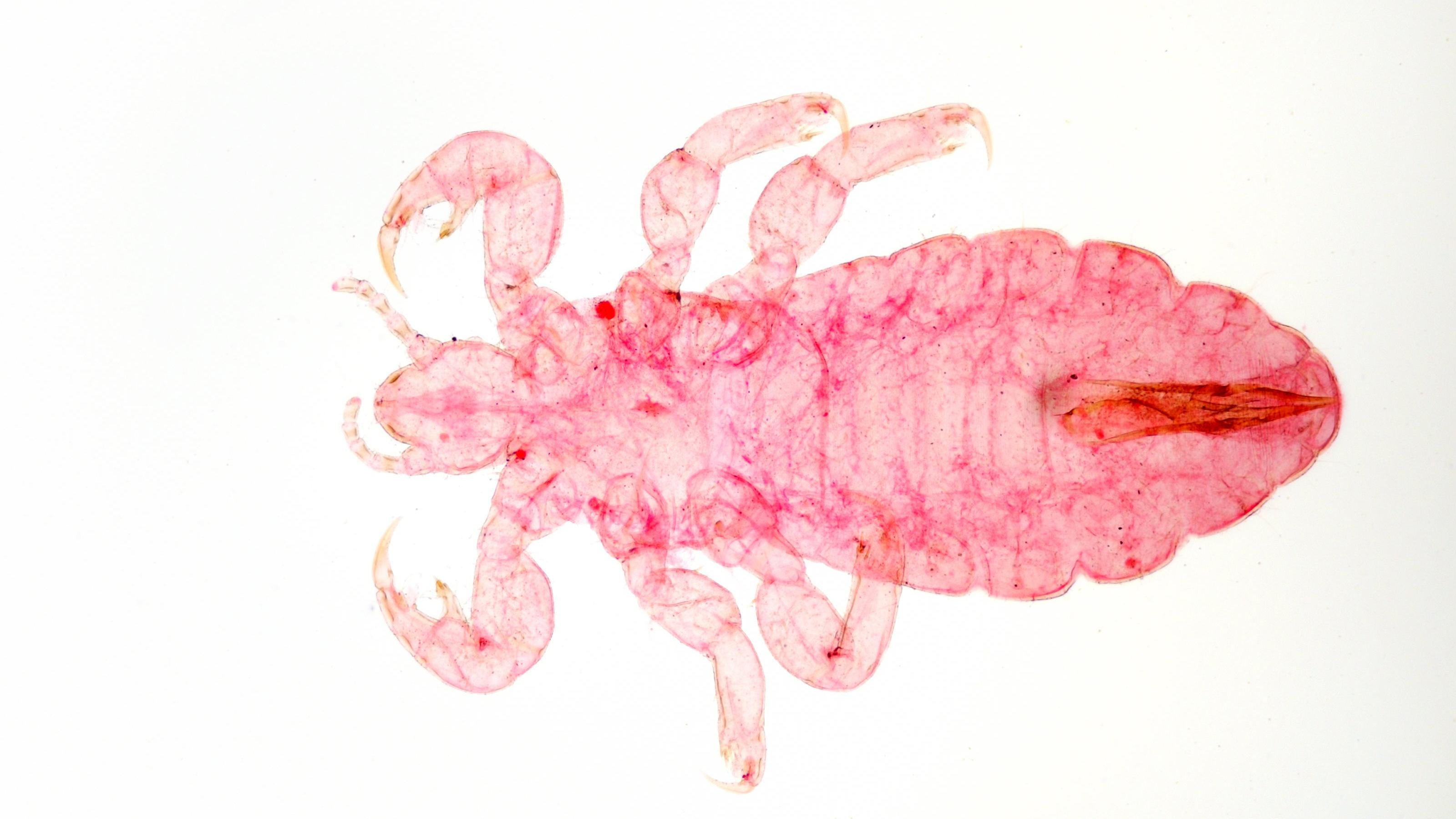
You’ve heard of head lice, which are gross but ultimately not harmful. That’s not the case for body lice, which can transmit a deadly disease known as typhus.
Body lice and typhus can be an issue for people who live in close quarters and who cannot shower or change clothes on a regular basis. They were a scourge in World War II — for soldiers, for people in villages that were attacked and didn’t have hot water for laundry and showers during the winter, and for people in concentration camps. Anne Frank died of typhus.
How to avoid it: Bathe and change your clothes at least once a week. Also, the CDC notes, avoid contact with flying squirrels.
Malaria
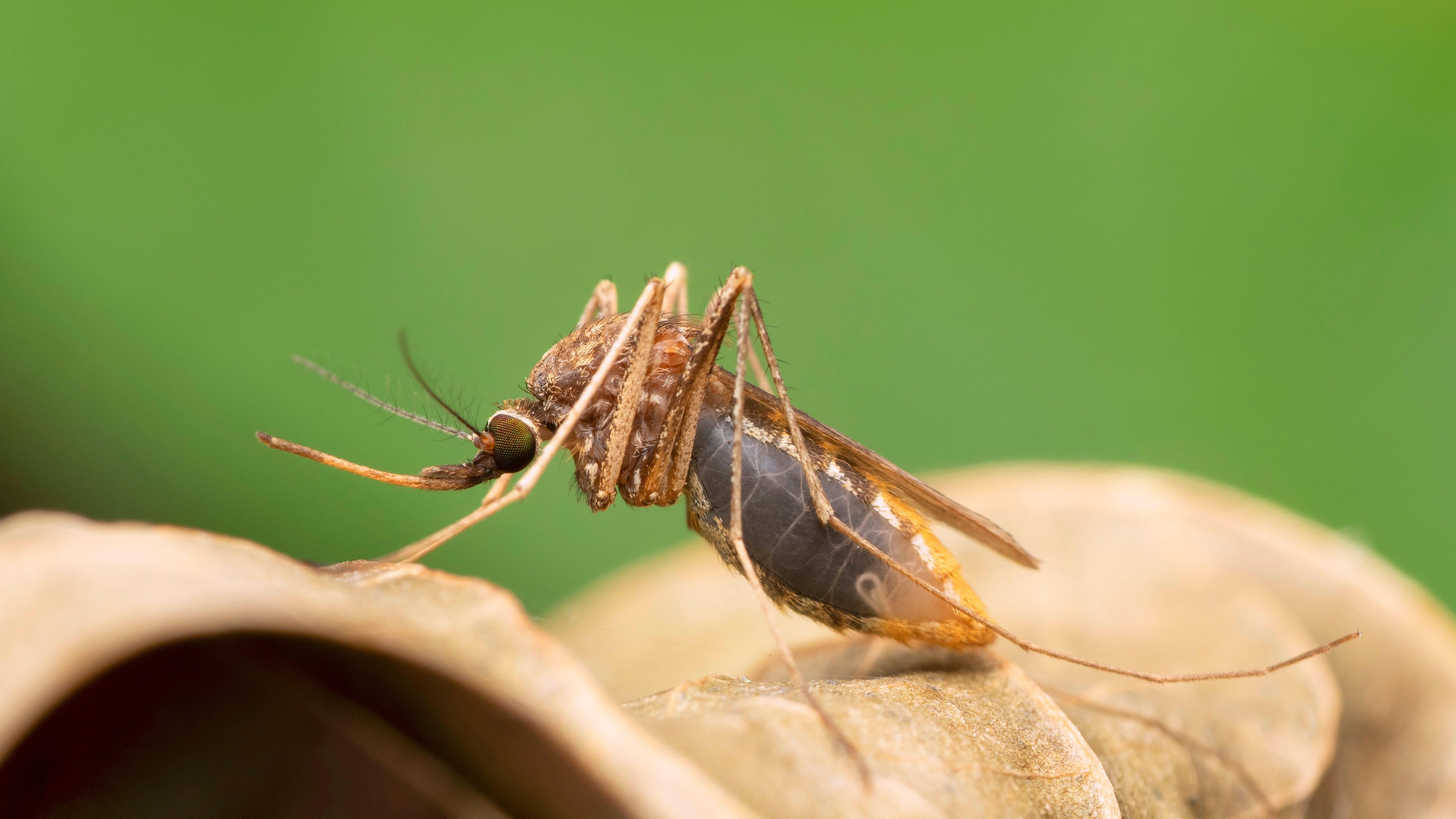
Malaria is a mosquito-borne disease, but the tiny creature that the mosquitoes transmit is not a bacterium or a virus, but a protozoan parasite. It reproduces inside red blood cells, with a life cycle that causes fevers every other day or every few days. (Before the parasite was known to exist, doctors characterised fevers according to whether or not they came and went in a predictable pattern. So-called “tertian” and “quartan” fevers were forms of malaria.)
There are five types of malaria that infect humans, some more deadly than others, and malaria is among the leading childhood killers in parts of Africa where it is common.
How to avoid it: If you travel to a place where malaria is endemic, get a preventive medication and take it as directed. The CDC has advice for travellers here. Mosquito bite prevention is also important: use repellents, bed nets, window screens, and protective clothing to keep mosquitoes away.
Heartworm
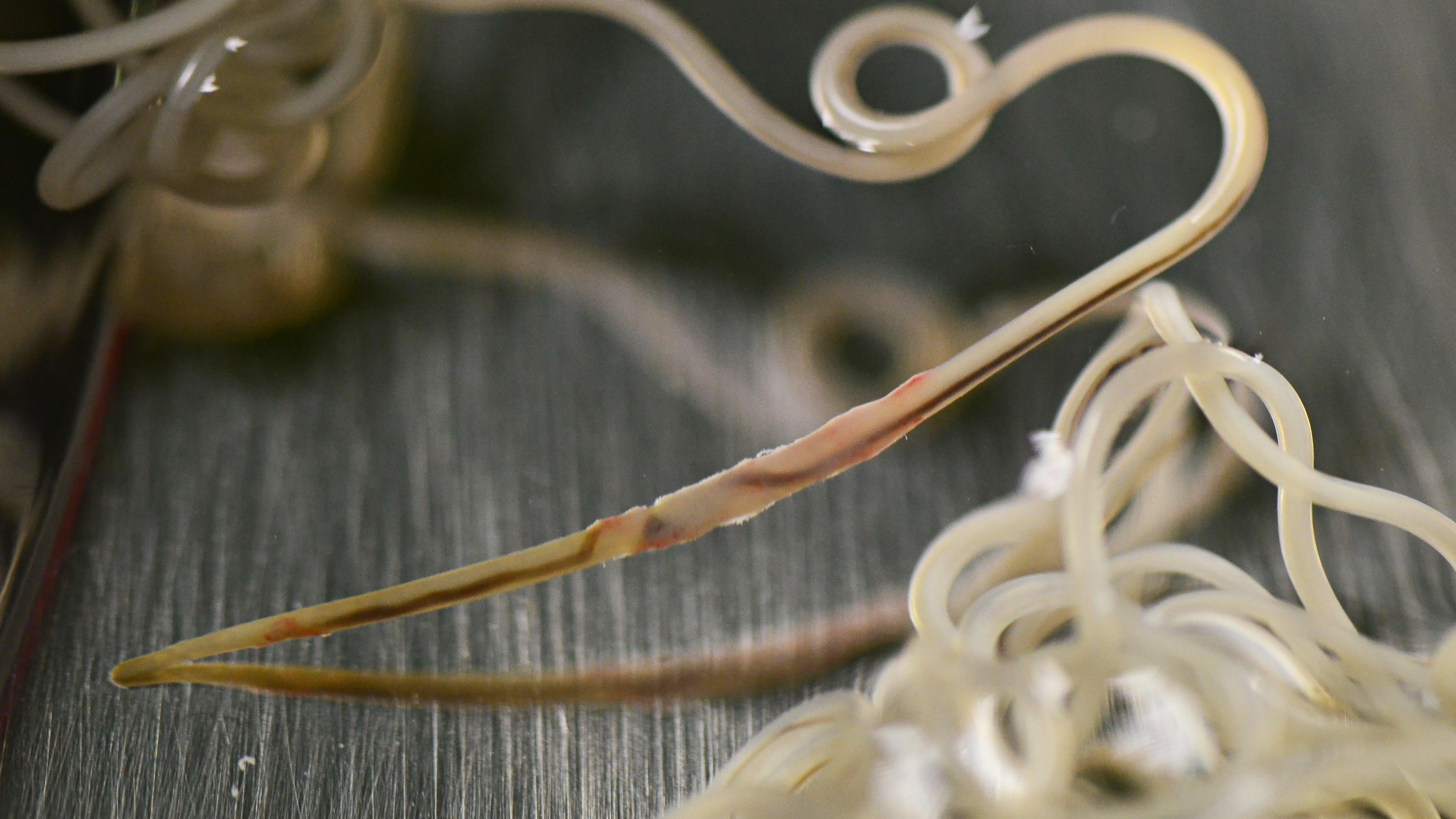
If you have a pet, you probably know that heartworm is something dogs and cats can contract (though dogs are more susceptible). But the parasite can occasionally infect humans, earning it a spot on this list.
Heartworms are filarial worms, related to the ones that cause elephantiasis. In dogs, the worms live in the heart and pulmonary blood vessels. In humans, fortunately, the worms cannot mature and we aren’t infectious. But the dying worms can cause lesions, and it’s possible to cough up blood and to have fevers and chest pain. If it’s serious, you may need to have the dead worms surgically removed.
How to avoid it: Avoid mosquito bites. While you have it on your mind, do your dog a favour and keep them up to date on their heartworm medication.

Leave a Reply
You must be logged in to post a comment.